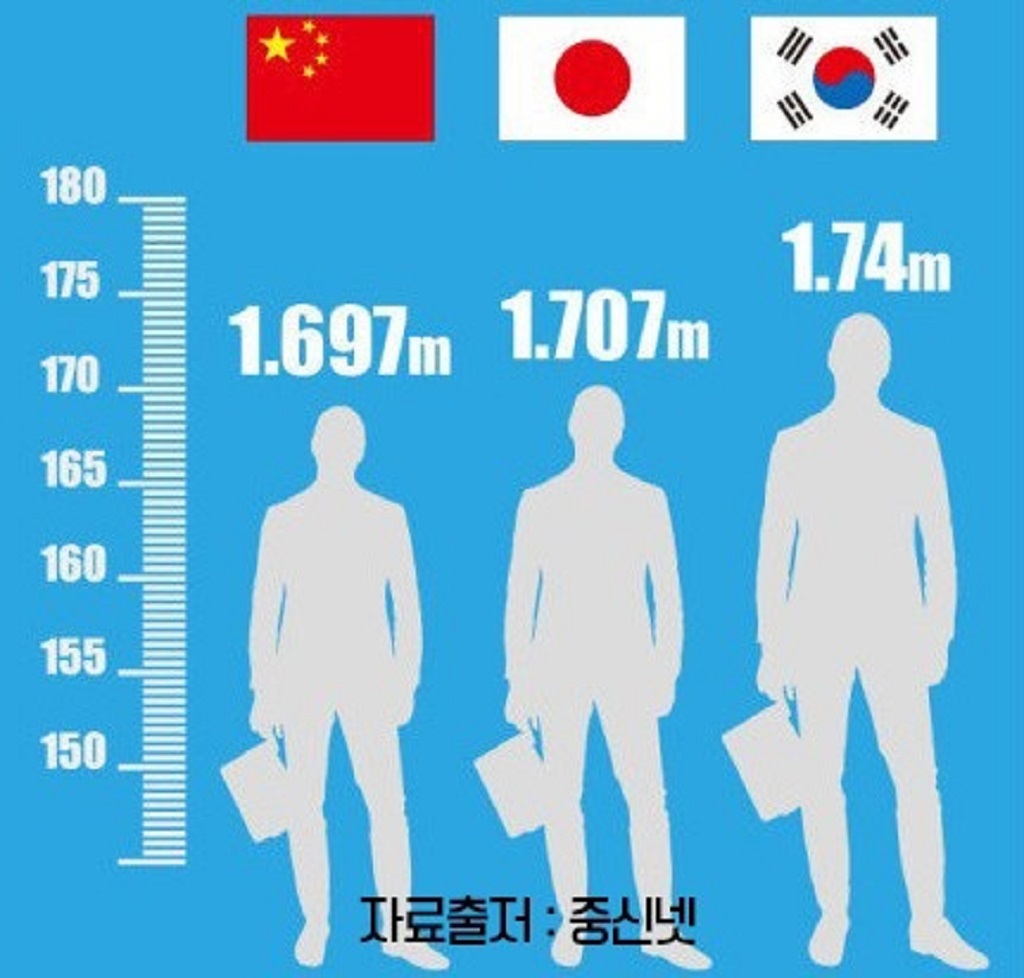When it comes to comparing the heights of different ethnic groups, it’s important to note that individual height can vary significantly within any population. Height is influenced by a variety of factors, including genetics, nutrition, and overall health. In this article, we will explore the average heights of Chinese and Korean individuals, taking into account available research data, cultural factors, and personal anecdotes.
Understanding Height Variation
Before we delve into the specifics of Chinese and Korean heights, it’s essential to understand that height variation exists within every population. While averages can provide a general idea, it’s important not to make sweeping generalizations or assumptions about individuals based solely on their ethnic background. With that in mind, let’s explore the average heights observed in Chinese and Korean populations. Dive deeper into the average height Italy.
Average Heights of Chinese Individuals
Chinese people exhibit a range of heights due to the country’s vast geographic and cultural diversity. While it’s challenging to pinpoint an exact average height for the entire population, studies have provided insights into regional variations. On average, Chinese men tend to be shorter compared to individuals from Western countries, with an average height of around 5 feet 7 inches (170 cm). Chinese women, on the other hand, have an average height of approximately 5 feet 3 inches (160 cm). It’s important to remember that these figures are averages and may not accurately represent all individuals within the Chinese population.
Average Heights of Korean Individuals
Similar to China, Korea also showcases a considerable range of heights due to various factors. On average, Korean men tend to be taller compared to Chinese men, with an average height of around 5 feet 8 inches (173 cm). Korean women also have a slightly taller average height compared to Chinese women, with an average of approximately 5 feet 4 inches (163 cm). As with any population, these averages should be taken as a generalization and not as an absolute representation of all Korean individuals.
Factors Influencing Height Differences
Several factors contribute to height differences between Chinese and Korean individuals. Genetics play a significant role, as certain genes can influence height potential. Nutrition also plays a crucial part, with access to a balanced diet during childhood and adolescence contributing to proper growth. Socioeconomic factors, healthcare, and environmental conditions can also impact height.
Cultural Perspectives and Height
It’s important to note that height preferences and perceptions can vary across cultures. In some cultures, taller stature may be seen as more desirable or indicative of social status. However, it’s crucial not to make assumptions about an individual’s height preferences based solely on their cultural background. Preferences and societal norms can evolve over time, and personal preferences may differ from cultural stereotypes.
Personal Anecdotes and Observations
While research data can provide valuable insights, personal anecdotes and observations can also shed light on height differences between Chinese and Korean individuals. It’s important to approach these anecdotes with an open mind, recognizing that they may not represent the entire population. Individuals may have varying experiences and perspectives based on their own interactions.
Conclusion
It’s important to conclude that, in the comparison of average heights between Chinese and Korean individuals, it becomes evident that Korean men and women generally exhibit slightly taller stature on average than their Chinese counterparts. Nevertheless, it’s crucial to bear in mind that height can significantly vary within any given population, rendering these averages as not absolute indicators. Various factors including genetics, nutritional intake, and cultural viewpoints collectively influence an individual’s height. Naturally, discussions regarding height should always be approached with sensitivity and respect for the diversity of individual differences. Furthermore, while discussing height, it’s worth mentioning the importance of considering sun exposure and its potential harm. Incorporating the article how much time in the sun is harmful? seamlessly into the paragraph emphasizes the significance of being mindful of sun exposure while discussing matters like height.
FAQs
Q1: Are all Chinese people shorter than Koreans?
A1: No, it’s important to recognize that height can vary significantly within any population, and not all Chinese people are shorter than Koreans. There is a range of heights within both Chinese and Korean populations.
Q2: Are there any scientific studies on the heights of Chinese and Korean individuals?
A2: Yes, several scientific studies have explored the average heights of different populations, including Chinese and Korean individuals. These studies provide valuable insights into height variations.
Q3: Do height preferences differ between Chinese and Korean cultures?
A3: Yes, height preferences can vary across cultures. While some cultures may value taller stature more than others, it’s important to remember that individual preferences can differ from cultural stereotypes.
Q4: Can nutrition affect an individual’s height?
A4: Yes, nutrition plays a significant role in determining an individual’s height. Access to a balanced diet during childhood and adolescence is crucial for proper growth and development.
Q5: Should height be a determining factor in assessing an individual’s worth or capabilities?
A5: No, height should not be used as the sole determining factor in assessing an individual’s worth or capabilities. It is essential to recognize that each person is unique and should be evaluated based on their skills, talents, and character rather than their height.




